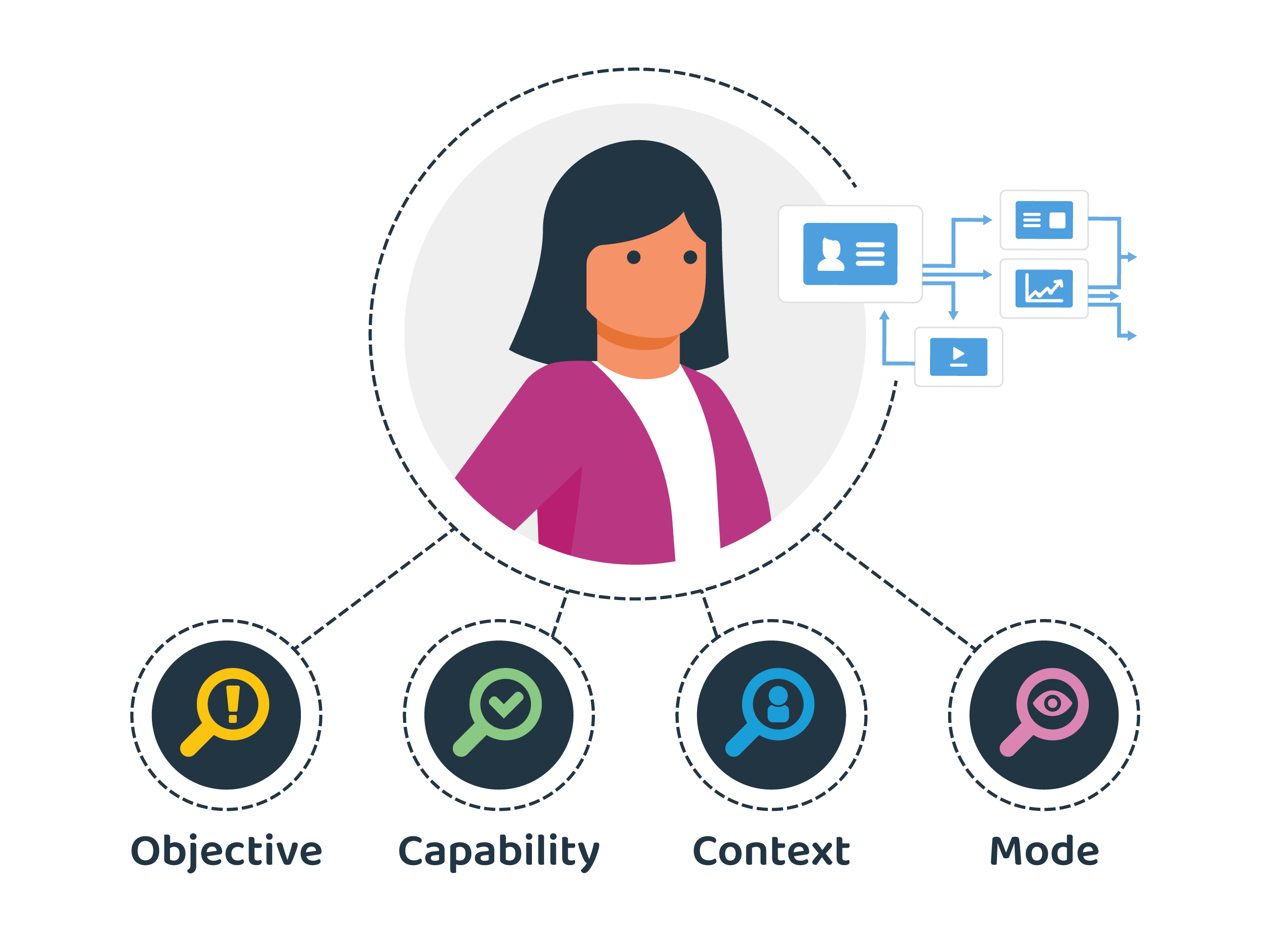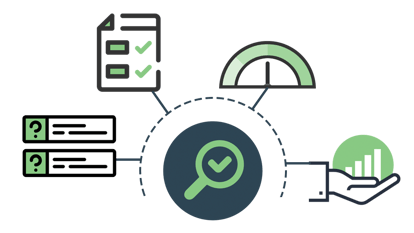| As people leaders, we know that every learner is different, with unique learning styles, motivations, capabilities, and challenges. Our organisations also have unavoidable complexities with a variety of roles, brands, cultures, locations, and products. Adaptive personalisation allows us to deliver individual learning experiences to each employee based on their current capability, required learning outcomes and role, preferred learning mode and the organisational context. |
Ellis and Kuznia (2014) find that organisations will experience benefits from successfully implemented eLearning, if the focus of the learning is on making employees feel supported, not on the technology used; but, if the eLearning is constructed poorly, the negative reaction of employees can impact the overall organisation, including productivity.
The study by Ellis and Kuznia (2014) demonstrates that the overall organisational impact of eLearning, and the impact on job performance at an individual level, should not be underestimated, as employees who expressed a lack of support and relevance in their eLearning, were more likely to express dissatisfaction with their jobs.
Voce (2007) agreed on the need to ensure that eLearning bears significant relevance to the learner’s job, and Ingram, Sandelands and Teare (2002) state that successful eLearning needs to choose subjects that affect or matter to the individual learner, so that the employee undertaking the training can feel as though they are being taken seriously, and can gain a sense of fulfillment from completing the program.
Therefore, creating learning that takes into account the uniqueness of learners, and the complexity of organisational structure, is considered a serious and necessary to address challenge. However, as learning technologies advance past the ‘powerpoint era of back-next’ paradigm, and into the next generation of intelligent adaptive learning, these challenges can be met, and the challenges don’t stop there.
Chen (2008) identifies that additional challenges and reasons for resistance to eLearning are budget constraints, learner motivation, and the the flexibility and portability of the delivery mode. Leaders may resist the implementation of new eLearning, if there is uncertainty about how it is delivered, or the benefits that can be derived.
| So, it is clear that eLearning that creates dissatisfaction at an individual level, can impact the overall organisation, but that eLearning executed with the appropriate amount of relevance and customisation, can have huge benefits to the productivity and job satisfaction reported within your organisation. To answer the concerns of people leaders, and their employees, we address 12 approaches to adaptive learning personalisation. |
This is a new breed of eLearning that “sheep dips” learners, and saves money on production, by intelligently adapting elements such as brand and scenario contexts, avoiding the need for multiple versions of the same content, in answer to the concerns of people leaders and their employees.
In this article we take a look at the different approaches to adaptive learning personalisation. At a high level, we group how we personalise digital learning experiences into four categories:
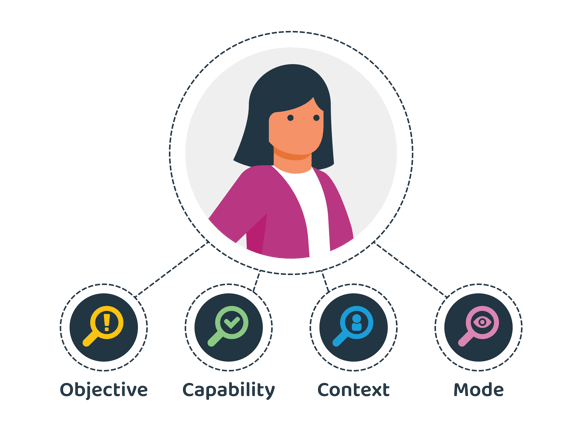
| Objective: Adaptive personalisation based on the desired learning outcome based on attributes such role or organisation structure. Capability: Adaptive personalisation based on the gap between the learner’s current ability and the desired ability. Context: Adaptive personalisation based on contexts such as brand and job function, meaning the learning outcome is essentially the same, but the learning is adjusted to make comprehension easier by aligning it to the learner’s world. Mode: Adaptive personalisation based on the mode and place the of learning. |
Within each of these categories we can deploy different approaches.
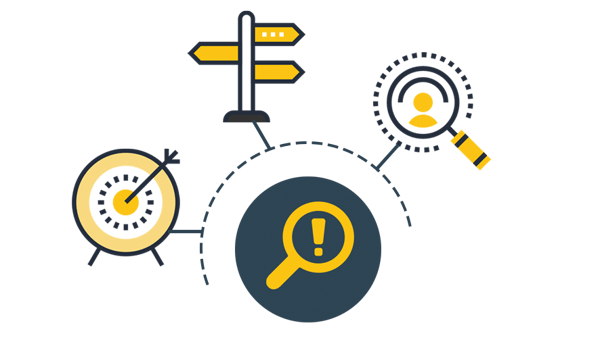
Objective
Learning can be personalised based on the outcome the individual or learner is seeking. We use the following methods to personalise based on outcome:
|
Capability
Adaptive learning, based on the learner’s capability, is by far the most important category of personalisation, as it recognises the learner’s current capability level, and provides them with the support they need to lift to the desired level of competency. It also ensures that learners are not wasting valuable time re-learning things they already know. There are a variety of design approaches we use to adapt eLearning based on capability:
|
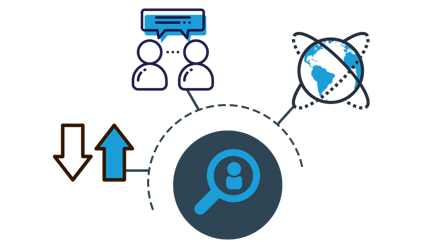
Context
The purpose of context based personalisation is not to adjust the overall learning outcome, but to adjust the way the learning is presented to make it easier for the learner to comprehend. Techniques for this kind of personalisation are:
|
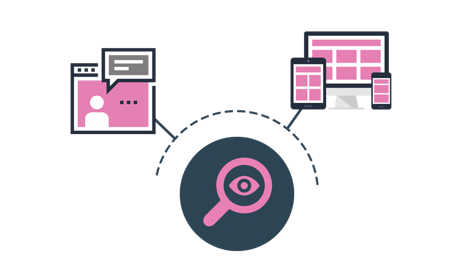
Mode
The final method of personalisation we use is learning mode. Here we categorise adaptation into two broad categories:
|
These 12 approaches to adaptive learning personalisation can be mixed and matched to ensure that each learner gets the right learning for them, and the organisation maximises its investment in training. If you want to start personalising your learning, and stop wasting your learners’ time, get in touch with us here at Guroo Learning.
References: Voce, J. (2007, April). E-learning at UCL: A student perspective, http://www.ucl.ac.uk/isd/staff/e- learning/tools/webct/migration/Student-survey-report.pdf

.png)

